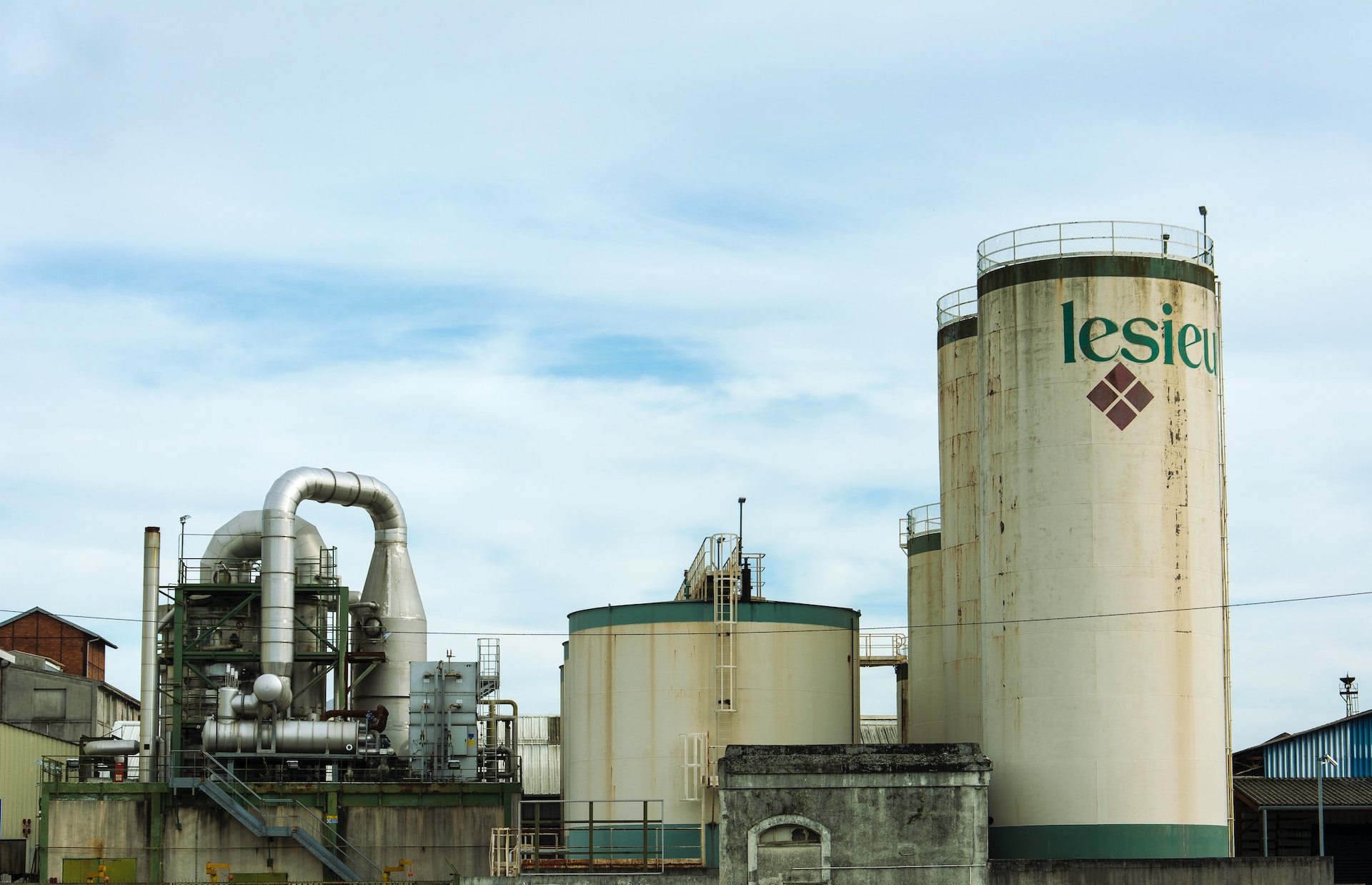SSIP Accreditation represents a critical benchmark in the sphere of health and safety management for businesses in the UK. It stands for Safety Schemes in Procurement and is a widely recognised hallmark indicating that an organisation adheres to high standards of health and safety. Gaining this accreditation is not merely a regulatory fulfilment but a significant step towards establishing a culture of safety and responsibility within an organisation.
Understanding SSIP Accreditation
At its core, SSIP Accreditation is a validation of a business’s commitment to maintaining a robust health and safety regime. It serves as a universally accepted indicator, assuring clients and stakeholders that a company is competent in managing health and safety risks. The process involves a thorough assessment by an independent body, examining an organisation’s health and safety policies, procedures, and records.
The importance of SSIP Accreditation cannot be overstated. It simplifies the contractor pre-qualification process by providing a clear and consistent standard to measure against. This enhances a business’s credibility and significantly reduces the administrative burden associated with tendering for new contracts.
The Benefits of SSIP Accreditation
Achieving SSIP Accreditation brings a multitude of benefits. Primarily, it elevates a business’s stature in the marketplace, signalling to potential clients and partners that it is a reliable and safe entity to work with. This can be particularly advantageous in sectors where health and safety are paramount, such as construction, engineering, and manufacturing.
Beyond market standing, SSIP Accreditation has practical advantages. It helps streamline business processes by reducing the need for multiple health and safety assessments. This leads to a reduction in duplication of effort and associated costs. Additionally, businesses with this accreditation often find that their insurance premiums are favourably impacted, as insurers recognise the lower risk profile associated with stringent health and safety standards.
The Process of Gaining SSIP Accreditation
Gaining SSIP Accreditation is a structured but achievable goal. The first step involves preparing an extensive dossier of health and safety documentation, including policies, risk assessments, and evidence of ongoing training and monitoring. This preparation is not just about ticking boxes; it requires a genuine commitment to cultivating a safety-centric environment.
Once the documentation is in order, an accredited SSIP assessor conducts a comprehensive review. This assessment is not just a scrutiny of paperwork but involves understanding the practical application of health and safety policies within the business. Successfully passing this assessment confirms that the business meets the stringent criteria set out by the SSIP framework.
Maintaining and Leveraging SSIP Accreditation
After securing SSIP Accreditation, the journey doesn’t end. Maintaining this status requires ongoing diligence and commitment to health and safety standards. Regular internal reviews and updates to safety policies are necessary to ensure continued compliance. This constant vigilance safeguards the accreditation and fosters a culture of safety within the organisation.
Leveraging SSIP Accreditation effectively can be a game-changer for businesses. It should be prominently featured in marketing materials and tender documents to showcase the company’s dedication to health and safety.
Summing Up
In a world where health and safety are increasingly at the forefront of business operations, SSIP Accreditation stands out as a crucial marker of excellence and reliability. It is more than just a badge; it’s a testament to a business’s commitment to safeguarding its employees, clients, and reputation. For UK businesses looking to demonstrate their dedication to health and safety excellence, pursuing and maintaining SSIP Accreditation is not just an option, but an essential strategy for sustainable success.
















